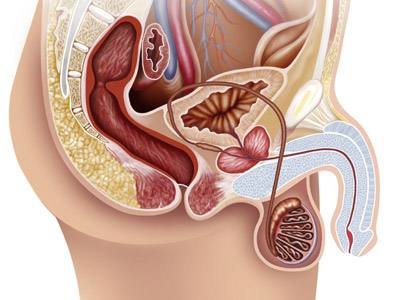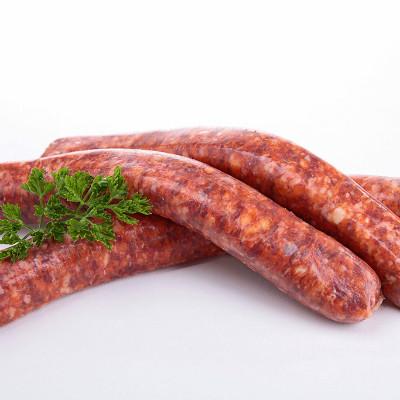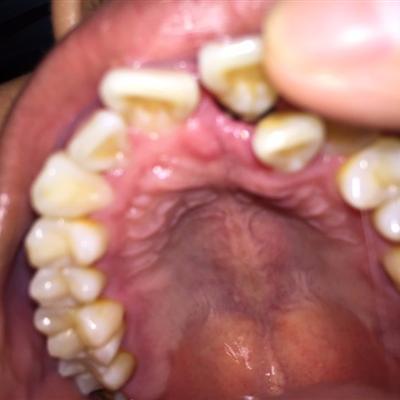How to treat high uric acid and hypertensive nephropathy?
summary
Hot summer, many people will appear high blood pressure phenomenon, need active treatment. Therefore, this season is the peak of the incidence of hypertension, so in this season, patients with hypertension should pay attention to their own situation, need timely treatment, as a more complex disease, how to treat high uric acid and hypertensive nephropathy? How can it be?
How to treat high uric acid and hypertensive nephropathy?
The first is available antihypertensive drugs: ① diuretics; ② β Receptor blockers; ③ Calcium antagonists; ④ Angiotensin converting enzyme inhibitor (ACEI). Among them, calcium antagonists and ACEI are more beneficial to renal hemodynamics. ACEI is better than other antihypertensive drugs in reducing urinary protein. The effective control of blood pressure to normal or near normal (18.7 / 12kpa, 140 / 90mmHg) can prevent, stabilize or delay hypertensive renal damage.
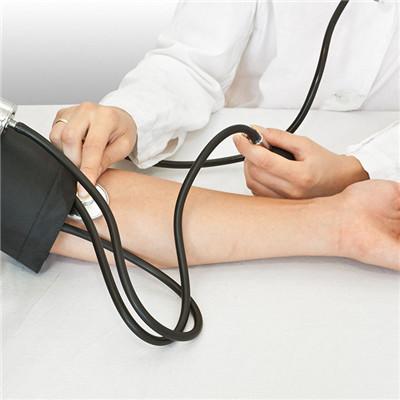
Second: early, mild hypertension and normal urine routine can be given non drug treatment, maintain good mood, lose weight, limit salt, limit alcohol, practice qigong and Taijiquan, appropriate physical exercise, etc.

Third: the renal function of patients with malignant renal arteriosclerosis deteriorates rapidly in a short period of time. When they are complicated with hypertensive encephalopathy, rapid decline of vision, intracranial hemorrhage, etc., and can not take oral drugs, they can be given intravenous administration, commonly used sodium nitroprusside, and strive to control blood pressure in 12-24 hours. It is suitable for the initial treatment of malignant hypertension.
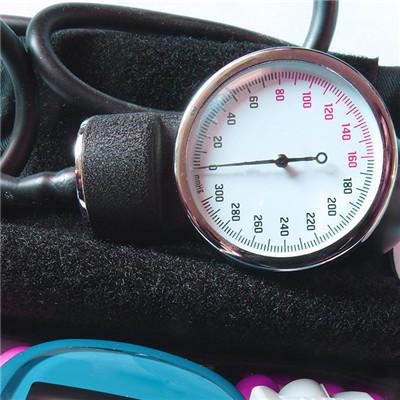
matters needing attention
If you want to stay away from high blood pressure, the most important thing is to start with lifestyle. Diet is particularly important, and salt control is the most important. The World Health Organization stipulates that the amount of salt taken by each person per day should not exceed 6 grams. Here, 6 grams not only refer to table salt, but also include the amount of salt in MSG, soy sauce and other salty seasonings and food.





